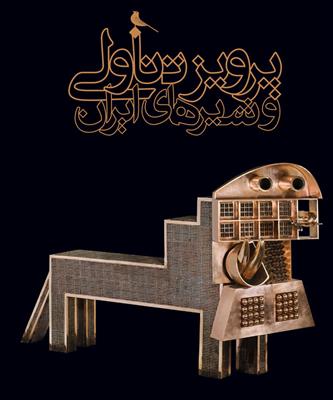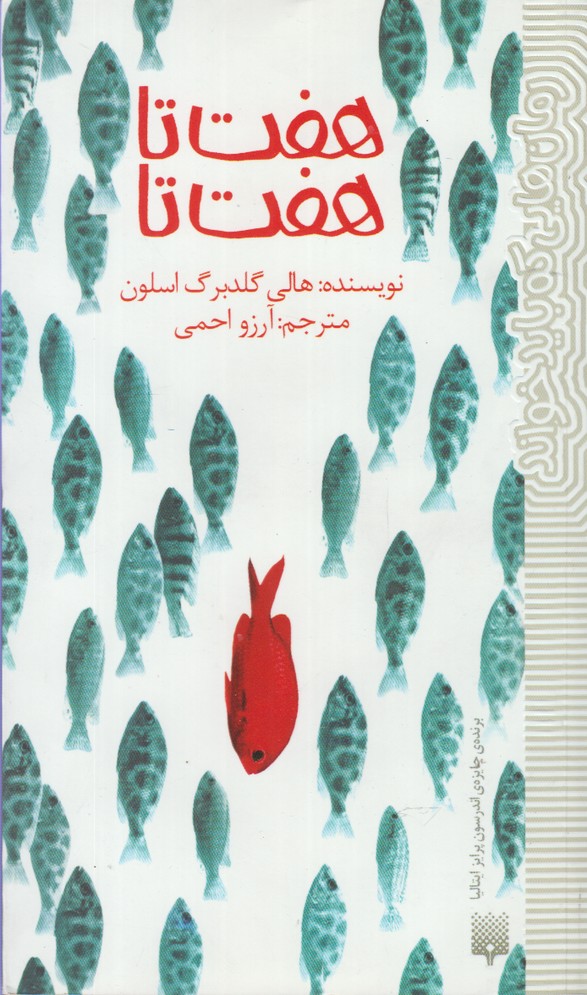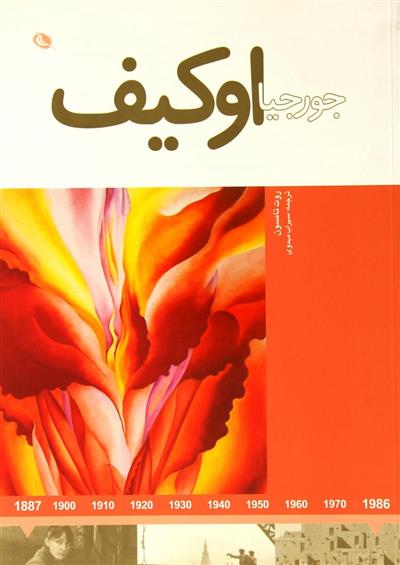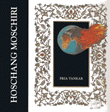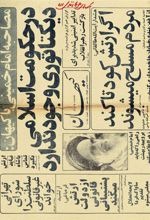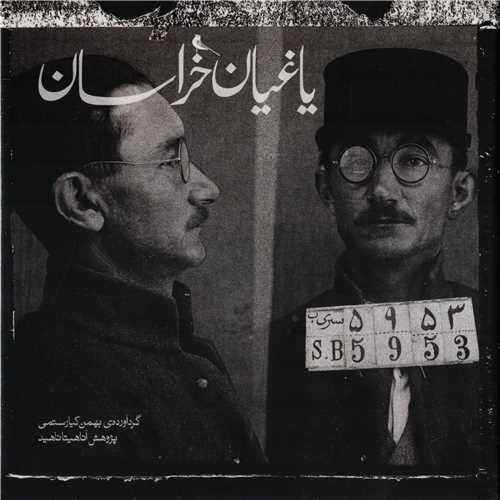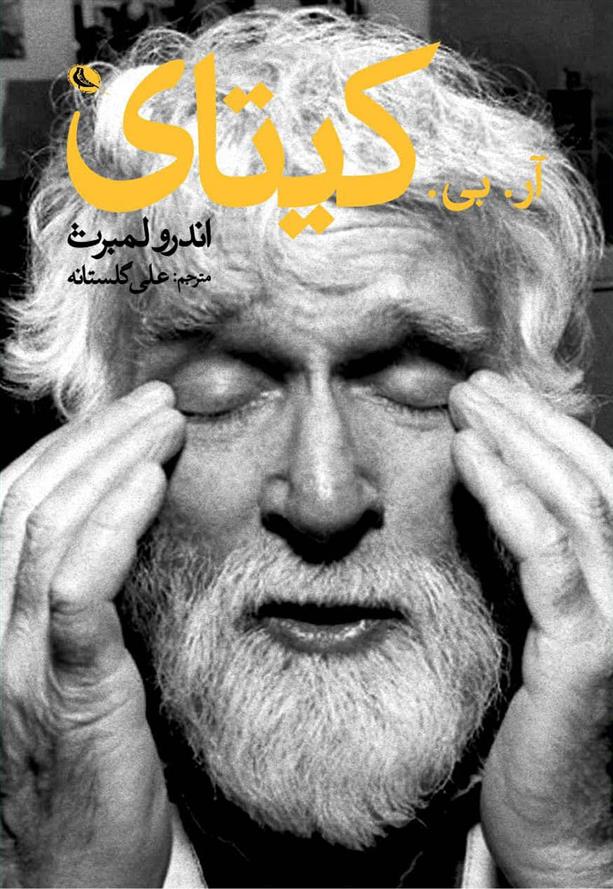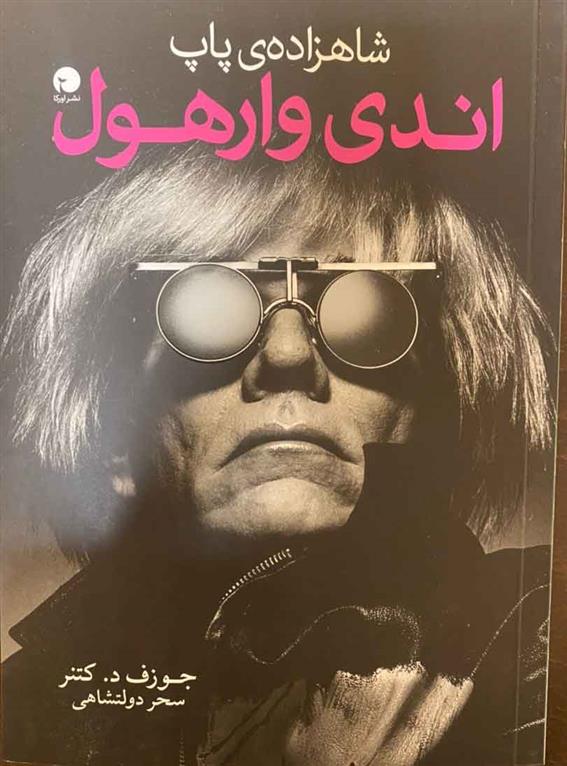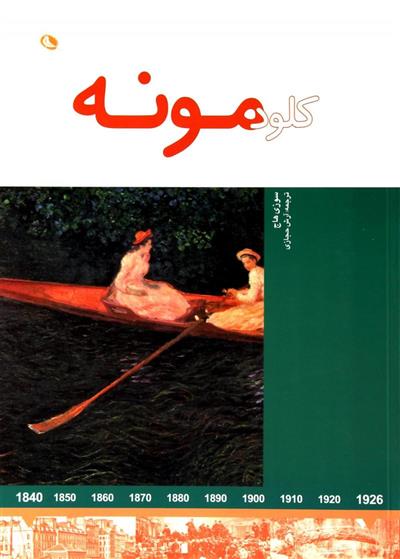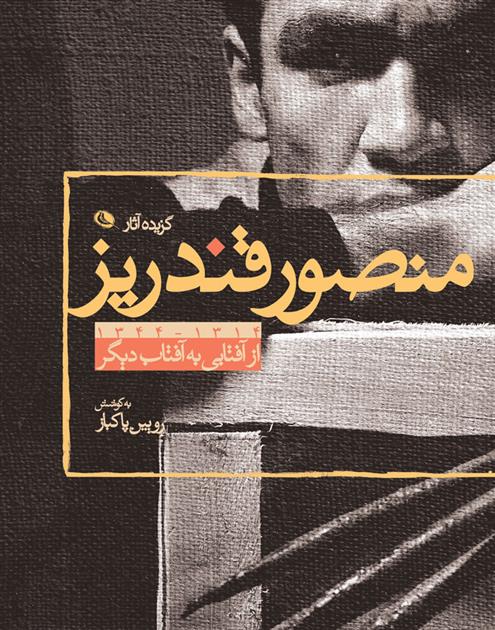Parwīz tanāwulī va shir'hā-yi Īrān Persiska (Farsi) 1396
پرویز تناولی و شیر های ایران
Nature and its various manifestations, from plants to animals, have been incorporated into the reliefs and carvings of carpets and pottery to keep the unbreakable bond between man and the world around him alive for the sake of time. Over time, some of these manifestations have reached a level of importance that has been repeatedly repeated in other works. Examining these ancient works shows the importance of the lion's role. The lion is the king of beasts and a powerful animal, which has long been a favorite of Iran's brave men. The image of this animal is carved in Achaemenid art and the reliefs of Persepolis and Susa. It can also be seen in many Sasanian dishes and textiles. The image of a lion is also engraved on some of the Parthian and Sasanian seals. In the Islamic period, the role of the lion remained as a symbol of strength and courage and found a new function and became one of the traditional elements of the new religion.
طبیعت و مظاهر گوناگون آن از نباتات تا حیوانات، در نقش برجسته ها و نقش و نگار قالی ها و ظروف سفالین جاخوش کرده اند تا پیوند ناگسستنی انسان و دنیای پیرامونش را در خاطر زمان زنده نگه دارند. به مرور برخی از این مظاهر به درجاتی از اهمیت رسیده اند که مکررا در آثار دیگر تکرار شده اند. بررسی این آثار باستانی، نشان دهنده اهمیت نقش شیر است. شیر پادشاه درندگان و حیوان پر قدرتی است که از دیرباز مورد توجه و هماورد دلاوران نامی ایران بوده است. تصویر این حیوان در هنر هخامنشی و نقش برجسته های تخت جمشید و شوش حک شده است . همچنین می توان آن را در بسیاری از ظروف و منسوجات ساسانی مشاهده کرد. بر برخی از مهرهای اشکانیان و ساسانیان نیز تصویر شیر نقش شده است . در دوره اسلامی، نقش شیر به منزله مظهر قدرت و شجاعت باقی ماند و عملکردی جدید پیدا کرد و به یکی از عوامل سنتی دین جدید تبدیل شد.

